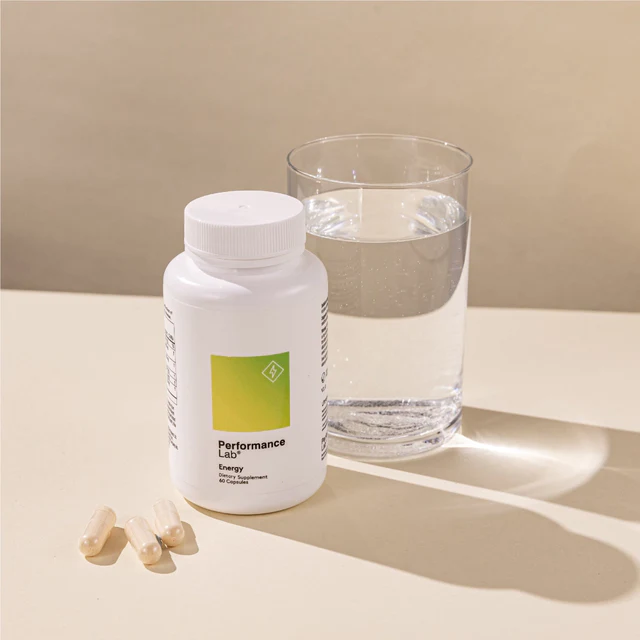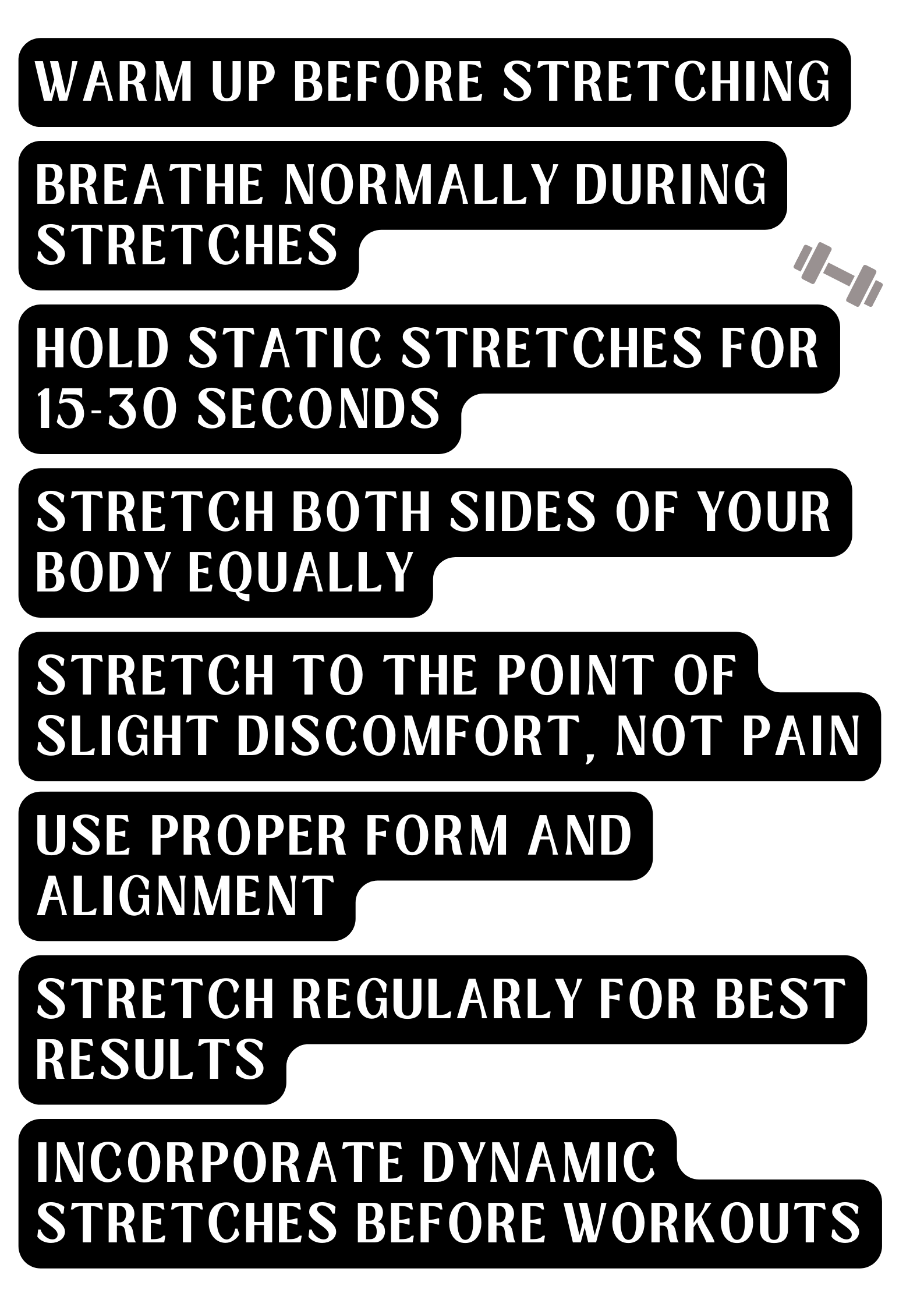Flexibility Before or After Workout: Optimizing Your Exercise Routine
In the world of fitness, flexibility often takes a backseat to strength training and cardio. However, incorporating stretching exercises into your routine is crucial for overall health and athletic performance.
One question that frequently puzzles fitness enthusiasts is whether to focus on flexibility before or after workout sessions.
This article will dive deep into the pros and cons of each approach, helping you make an informed decision for your fitness journey.
Understanding Flexibility:
Before we delve into the timing debate, let's clarify what flexibility means in the context of exercise. Flexibility refers to the range of motion in a joint or group of joints, and the ability of your muscles to lengthen and stretch. Improved flexibility can lead to better posture, reduced risk of injuries, enhanced athletic performance, and decreased muscle soreness.

Pre-Workout Flexibility:
Many fitness experts advocate for incorporating stretching exercises before diving into your main workout. Here's why:
1. Increased blood flow: Light stretching can help warm up your muscles and increase blood circulation.
2. Improved range of motion: Dynamic stretches can prepare your joints for the upcoming activity.
3. Mental preparation: A pre-workout stretching routine can help you focus and get in the right mindset.
Types of pre-workout stretches
- Dynamic stretches (e.g., leg swings, arm circles)
- Light cardio (e.g., jogging in place, jumping jacks)
- Sport-specific movements




Duration and intensity recommendations:
Aim for 5-10 minutes of light, dynamic stretching. Avoid intense, static stretches that could potentially decrease power output.
Post-Workout Flexibility:
On the other hand, many trainers and athletes prefer to focus on flexibility after their main workout. Here's why:
1. Increased muscle temperature: Muscles are warm and more pliable after exercise.
2. Reduced muscle tension: Stretching can help alleviate tightness from the workout.
3. Improved recovery: Post-workout stretching may help reduce muscle soreness.
Recommended post-workout stretching techniques:
- Static stretches (e.g., hamstring stretch, quad stretch)
- Yoga poses
- Foam rolling or self-myofascial release

Ideal duration for post-workout stretching:
Spend 10-15 minutes on static stretches, holding each position for 15-30 seconds.
Comparing Pre- and Post-Workout Flexibility:
To help you decide which approach is best for you, let's compare the impact of pre- and post-workout stretching on various aspects of fitness:
1. Performance:
- Pre-workout: Can improve performance if done correctly (dynamic stretches)
- Post-workout: No immediate impact on performance, but may improve long-term flexibility
2. Injury prevention:
- Pre-workout: May help prevent injuries by preparing muscles for activity
- Post-workout: Can address muscle imbalances and tightness that could lead to future injuries
3. Muscle recovery:
- Pre-workout: Limited impact on recovery
- Post-workout: May help reduce muscle soreness and improve recovery time
Factors Influencing the Decision:
The optimal time for flexibility work can depend on several factors:
1. Type of workout: High-intensity or power-based workouts may benefit more from post-workout stretching.
2. Individual flexibility levels: Those with limited flexibility might need both pre- and post-workout stretching.
3. Fitness goals: If increasing flexibility is a primary goal, you may need to dedicate separate sessions to stretching.
Best Practices for Incorporating Flexibility:
To get the most out of your flexibility training, consider these tips:
- Balance pre- and post-workout stretching: Incorporate dynamic stretches before your workout and static stretches after.
- Use dynamic vs. static stretching appropriately: Dynamic for warm-ups, static for cool-downs.
- Develop a personalized flexibility routine: Tailor your stretches to address your specific needs and goals.
Supplements for Flexibility and Recovery:
While proper nutrition and hydration are crucial for flexibility and recovery, certain supplements can also support your efforts.

Pre Lab Pro can aid in increased alertness and sharper focus. A surge of smooth energy and power in your muscles.

Omega-3 fatty acids, found in fish oil supplements, may help reduce inflammation and improve joint mobility.

Magnesium plays a vital role in muscle function and can aid in relaxation, potentially enhancing flexibility.

For muscle recovery, Energy can help reduce muscle soreness and support protein synthesis.
Common Mistakes to Avoid:
Be aware of these potential pitfalls in your flexibility training:
- Overstretching: Pushing too hard can lead to injuries. Listen to your body and respect its limits.
- Neglecting proper form: Incorrect stretching techniques can do more harm than good.
- Inconsistency: Regular stretching is key to improving flexibility.
DOs:

DO NOTs

Conclusion:
The debate over flexibility before or after workout sessions doesn't have a one-size-fits-all answer. The best approach depends on your individual needs, the type of exercise you're doing, and your overall fitness goals.
Experiment with different timing and techniques to find what works best for you. Remember, consistency is key – whether you choose to stretch before, after, or both, make flexibility training a regular part of your fitness routine.
*Always consult with a healthcare professional before adding new supplements to your regimen, as individual needs may vary.





